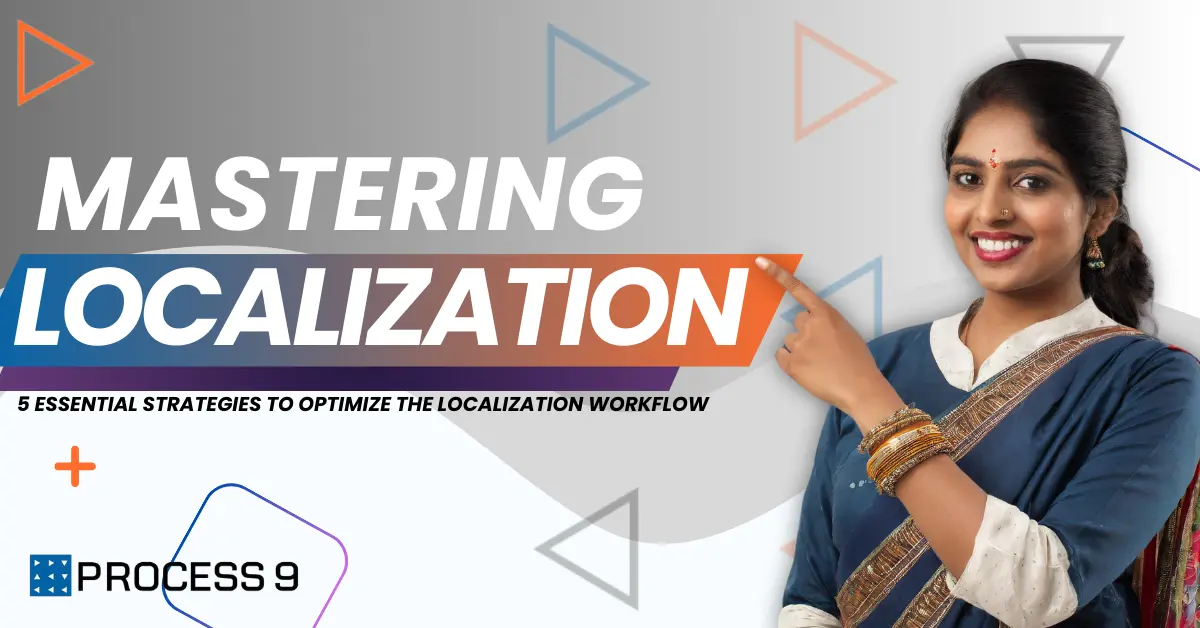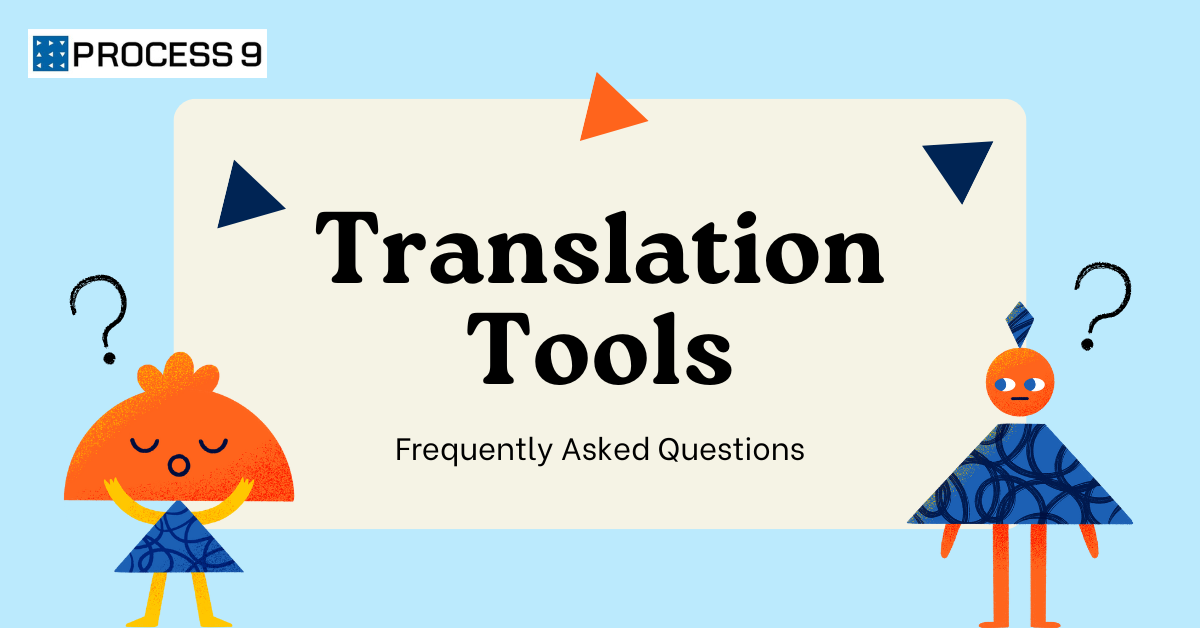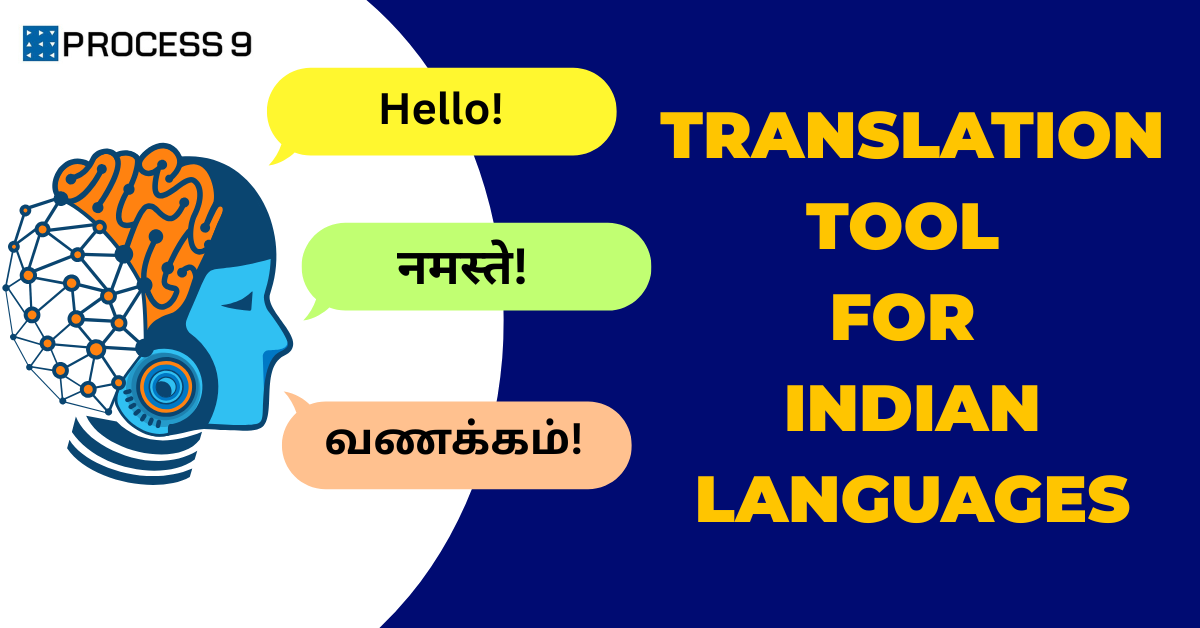In the current digital landscape, businesses like e-commerce seek to broaden their customer base by reaching out to new markets and attracting customers with their product and service offerings. The main contributor to its success is efficient communication, for which localization is essential. However, when website and app localization are not done based on a well-designed strategy, it is obvious that the outcomes will be poor.

For example, assuming the user’s language of choice based on their geo-location can often lead to an unpleasant experience. In this dynamic landscape, effective optimization of localization and translation workflows is essential for businesses that aim to communicate with their target audience in a language of their choice. From leveraging the latest technologies to emphasizing human expertise, here are five indispensable strategies to streamline your localization workflow and make the most of your localization efforts.
- Invest in machine translation tools
- Focus on human review
- Train machine translation models
- Embrace AI
- Choose the right localization partner
Invest in machine translation tools
With the advent of artificial intelligence and natural language processing technologies, machine translation has become quite sophisticated. Making the right investments in machine translation can expedite the translation process and reduce the translation cost to a great extent. The quality of raw machine translations has increased over the years and can be effectively used for high-volume translations and contents that are repetitive in nature. The latest translation management systems come with fully managed machine translation engines that can deliver legible, accurate, and error-free content. The advanced algorithms used in machine translation help in delivering translations quickly. The positive ROI (return on investment) that these tools have demonstrated for localization and translation projects highlights the importance of investing in them.
Focus on human review
While machine translation can translate text quickly and accurately, human review is still necessary to ensure high-quality output. The contextual and cultural subtleties are addressed through human intervention, and the localization workflow is optimized according to specifications. It is possible to guarantee consistent tone and style across different pieces of content by using human review. Human review is important to ensure that every textual and visual element in the localization workflow resonates with the target audience. The reviewers are responsible for verifying that the localized content adheres to relevant laws and regulations pertaining to the industry and target market.
Train machine translation models
Machine translation models are customizable for specific domains and sectors. These models can be trained with industry-specific jargon and terminology to customize the translation process to meet particular business needs. It is also possible to train machine translation models using glossaries provided by machine translation vendors. By using state-of-the-art machine-learning techniques, these models can be flawlessly implemented for any future feedback and new linguistic patterns.
Embrace AI
The localization process has seen significant changes thanks to artificial intelligence. AI algorithms enable the analysis of enormous volumes of data, the discovery of patterns, and the creation of original content that appeals to the target audience. Tools with AI support have shown their value in increasing scalability, productivity, and creativity. Artificial intelligence technologies have the potential to streamline the localization workflow for any type of document. In summary, AI has enabled businesses to provide engaging content through a variety of channels and languages.
Choose the right localization partner
The success of a localization project hinges on selecting a partner who can provide comprehensive end-to-end services and all-encompassing support. Aside from being able to quickly integrate localization technologies with digital properties, the ideal partner should also be able to prioritize data security and support multiple document formats. Selecting a partner with a track record of accuracy and dependability is always preferable.
Process Nine Technologies: Your reliable partner in localization
Process Nine Technologies has created a cutting-edge neural machine translation engine called MoxWave that can deliver accurate and consistent translations.This engine is built on the latest AI/ML technology and can provide good-quality translations for high-volume content for businesses like e-commerce, listings, BFSI, etc. MoxWave can be used as an API by integrating it with the client end infrastructure, and it can also be used for individual translation of documents.
Connect with our localization experts today to unlock the seamless potential of localization and elevate the global reach of your business.







Share: